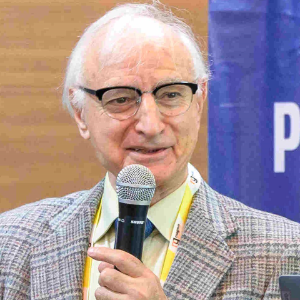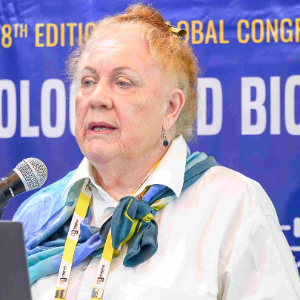Plant Transformation
Plant transformation is the process of introducing a foreign gene into a plant's genome. This process is used to alter the characteristics of a plant, such as improving its resistance to disease or increasing its nutritional value. It is a relatively new technology, but is rapidly gaining in popularity due to its potential for improving crops. Plant transformation is achieved by inserting the foreign gene into a plant's genome using a vector, such as a virus or a plasmid. The vector is then used to incorporate the gene into the plant's own genetic material. Once the gene has been incorporated, the plant can express the desired trait. Plant transformation is an important tool for plant breeders, as it allows them to create new varieties of plants with desirable characteristics. It is also used for research purposes, to study the effects of certain genes on the plant. Plant transformation offers the potential for improved crop yields and better nutrition, as well as greater resistance to disease.

Mohammad Babadoost
University of Illinois, United States
Mary Cole
The University of Melbourne, Australia
Valasia Iakovoglou
UNESCO chair Con-E-Ect, International Hellenic University, Greece
Satya S S Narina
Virginia State University, United States
Sara Hailemariam
Purdue University, United States
Midhat Mahboob
Lincoln University, New Zealand


Title : Exploring the genetic diversity in tannin-rich forages to explain the large intra species variability in tannin content
Selina Sterup Moore, Aarhus University, Denmark
Title : Isolation and functional properties of biomolecules of plants and its application
Balagopalan Unni, GEMS Arts & Science College (Autonomous), India
Title : Primed for the future: PGPR and the promise of sustainable, heritable crop resilience
Prashant Singh, Banaras Hindu University (BHU), India
Title : Revealing allelic variations in candidate genes associated with grain yield under salinity stress between two contrasting rice genotypes
Nisha Sulari Kottearachchi, Wayamba University of Sri Lanka, Sri Lanka
Title : Adaptive strategies of Aristida L. species across ecological zones of Pakistan: Linking soil characteristics with morphological and physiological traits
Iram Ijaz, University of Agriculture Faisalabad Pakistan, Pakistan
Title : Ethnobotanical survey and abundance of weeds in selected Manihot esculenta (cassava) Crantz farms in Osun state, Nigeria
Dada Caleb Mayokun, University of Ibadan, Nigeria